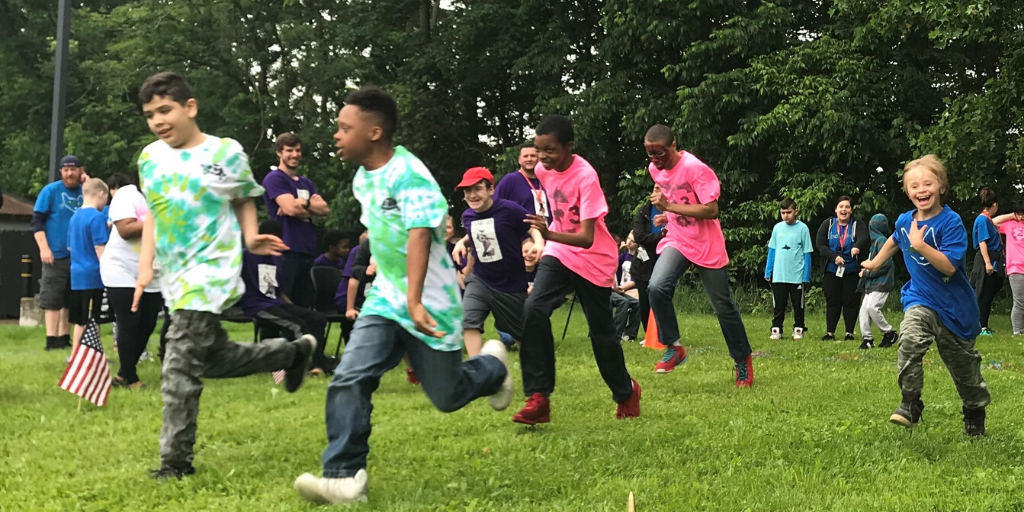Why Brain Breaks?
The more that is learned about the human brain, the more it is understood that frequent, regularly scheduled movement activities for students are not a luxury. They are a necessity to help students pay attention and learn. There is evidence that regularly scheduling short “brain breaks,” which include movement and/or exercise during the school day, provides many benefits to all students, not just those on the spectrum.
The Benefits of Brain Breaks
Some of the benefits of brain breaks include:
- Stress reduction
- Increased productivity
- Boosts in brain function
- Social skills development
- Decreased behavioral problems
Brain breaks may be the most beneficial for students who are survivors of trauma and those who exhibit maladaptive behaviors.
Five Brain Break Ideas to Try in the Classroom
Here are five of our favorite brain breaks to try in the classroom. Of course, follow COVID-19 precautions when using brain break. Going outside is a great strategy, when it’s possible.
- Simon Says – Who doesn’t love the creativity and energy of this good old-fashioned game.
- Tape Questions Under Chairs – Before the lesson, tape questions relating to the content under chairs and have students hunt for them throughout the lesson.
- Yoga Deck – Keep a deck of yoga cards in the classroom and let a student draw one for the class to try out together.
- Jumping Jacks – Set a time and see who can get the most.
- Hot Potato – Pass a ball up and down the rows of desks like a classic hot potato.
Additional Resources
Fortunately, there are plenty of ideas out there for how to get kids moving, both in and outside the classroom. You can get started with the ones listed below.
- Sensory Integration at School: 21 Sensory Break Activities for Kids
- Movement Breaks for Focus and Attention
- gonoodle.com – A free online resource with a wealth of movement activities for educators and families with the aim of getting kids moving so they can be their best.
- Child-friendly environments – A great blog post with suggestions for student friendly environments during tricky times.
- The REAL Reason Children Fidget – and What We Can Do About It – A TED Talk from an occupational therapist about the importance of movement strategies.
For more information about the benefits of brain breaks and how to incorporate them into your classroom or at home, contact David Weiss via email.
